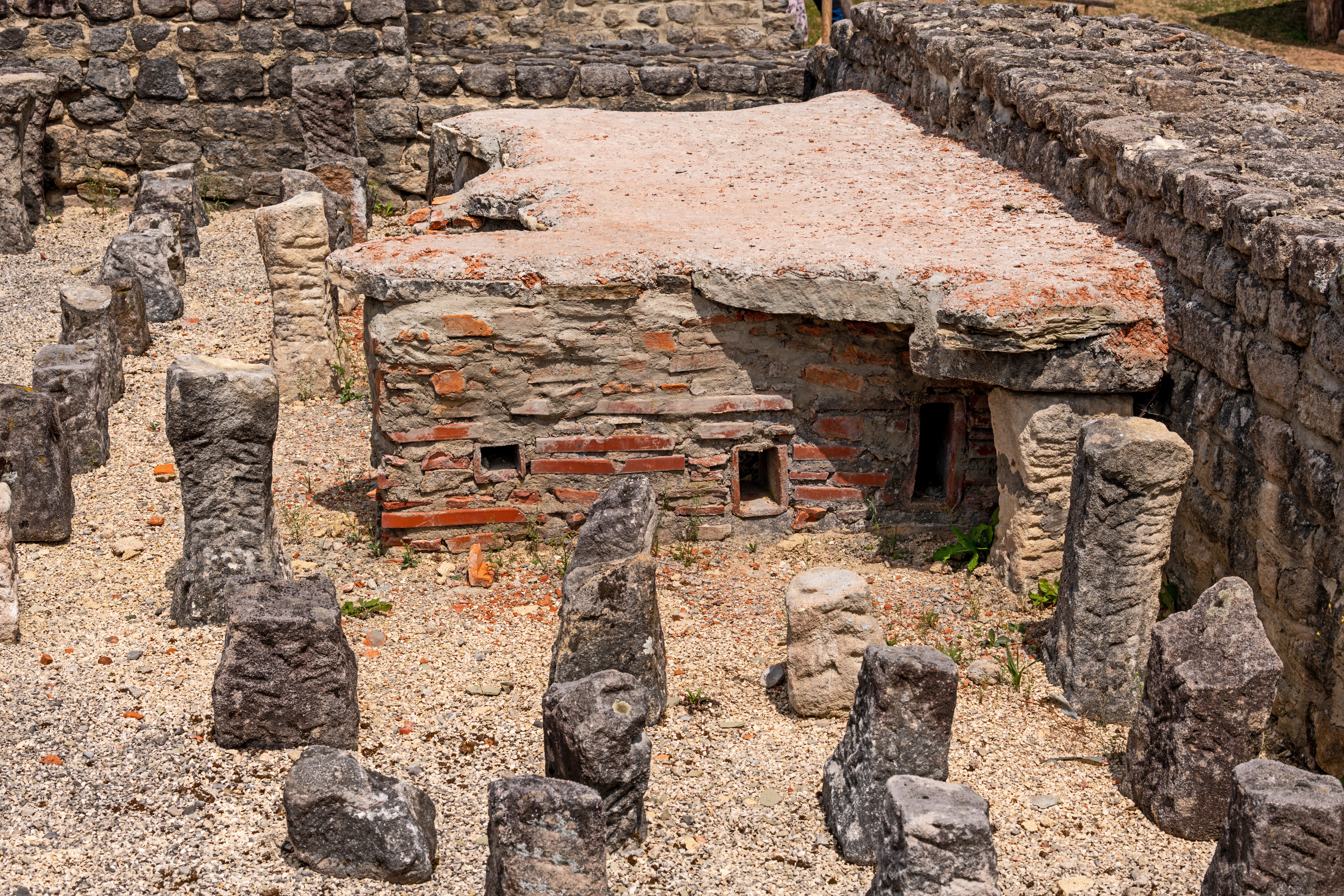
Credit: Dionysos1970, CC BY-SA 4.0, via Wikimedia Commons
Background
Synopsis: Ancient heating and cooling systems operated without electricity, which could today provide solutions for climate control in places without electricity or where outages have become more common. Wind towers that capture wind or thick walls can work to passively cool or insulate buildings. Southern facing windows with shading devices, and adobe construction, can keep homes warm or cool depending on the season. Rainwater collection systems can store water through dry periods.
- Around the world, more people are moving toward the coasts and into the paths of hurricanes and other hazardous weather, and power outages for many communities are becoming a more common problem.
- The leading cause for power disruption is severe weather, including hurricanes or blizzards.
- In 2023, 28 severe weather events in the United States caused $1 billion or more in damages, and other weather events caused 81 electric grid disturbances.
- The increase in intermittent sources of electricity, like solar and wind, while at the same time shutting down reliable sources like nuclear, natural gas and coal, and not providing reliable back up sources, have caused grids to become less stable.
- These outages can leave people without power and stranded while harsh weather conditions rage around them. Without temperature regulation from air conditioning and heating, many die from overheating or hypothermia.
- Researchers suggested that ancient methods of temperature regulation found around the world could be a more reliable way of keeping homes warm or cool.
- In what is now Iran, Sumerians used thick walls and small windows to minimize their exposure to heat during the day.
- They also made their homes with adobe and mud to absorb the daytime heat from the arid climate, radiating it into the home during the cold desert nights.
- By building homes right next to each other, they also reduced the amount of sun the walls were exposed to, and narrow streets made more shade for pedestrians.
- Native American Puebloans from what is now the southwestern United States used similar tactics of thick walls and smaller windows but also used the cliffs in their environment to shield themselves from the heat and cold.
- They built their communities under overhanging, south-facing cliffs so they would be shaded in the summer months but got plenty of sun during winter.
- If implemented in homes today, south-facing windows with shading devices can reduce solar exposure to the home in summer but allow heating from the sun in winter.
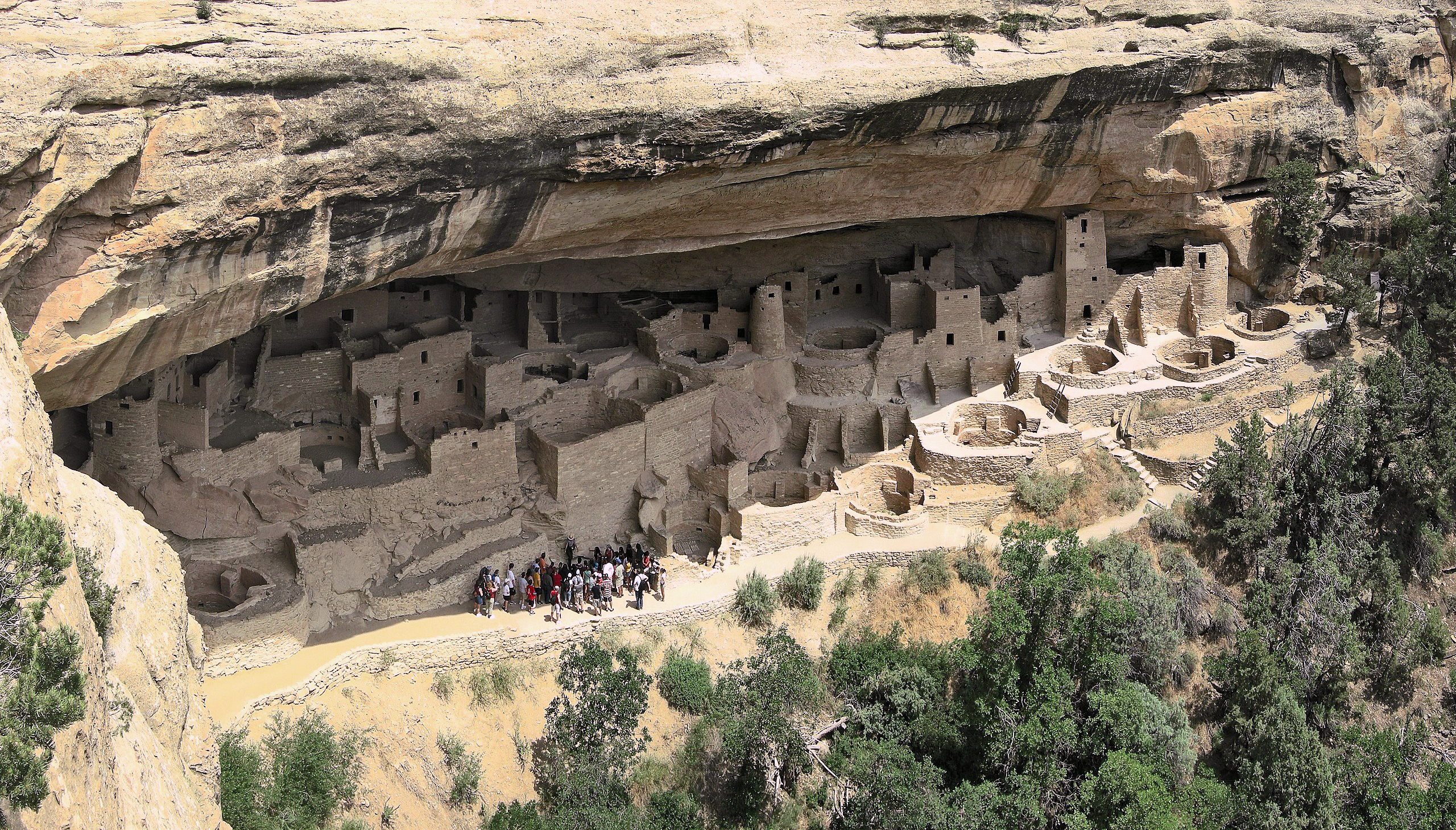
The Cliff Palace in Colorado’s Mesa Verde National Park is the largest of about 4,000 preserved cliff dwellings (circa 800 years old) built by ancient Ancestral Pueblo people. Located under south-facing cliffs, these villages benefited from cooling shade in the summer and warming sunlight in the winter.
Credit: Tobi 87, CC BY-SA 4.0, via Wikimedia Commons
- To keep their floors warm, Romans used hypocausts, which have a similar effect as today’s radiant floors.
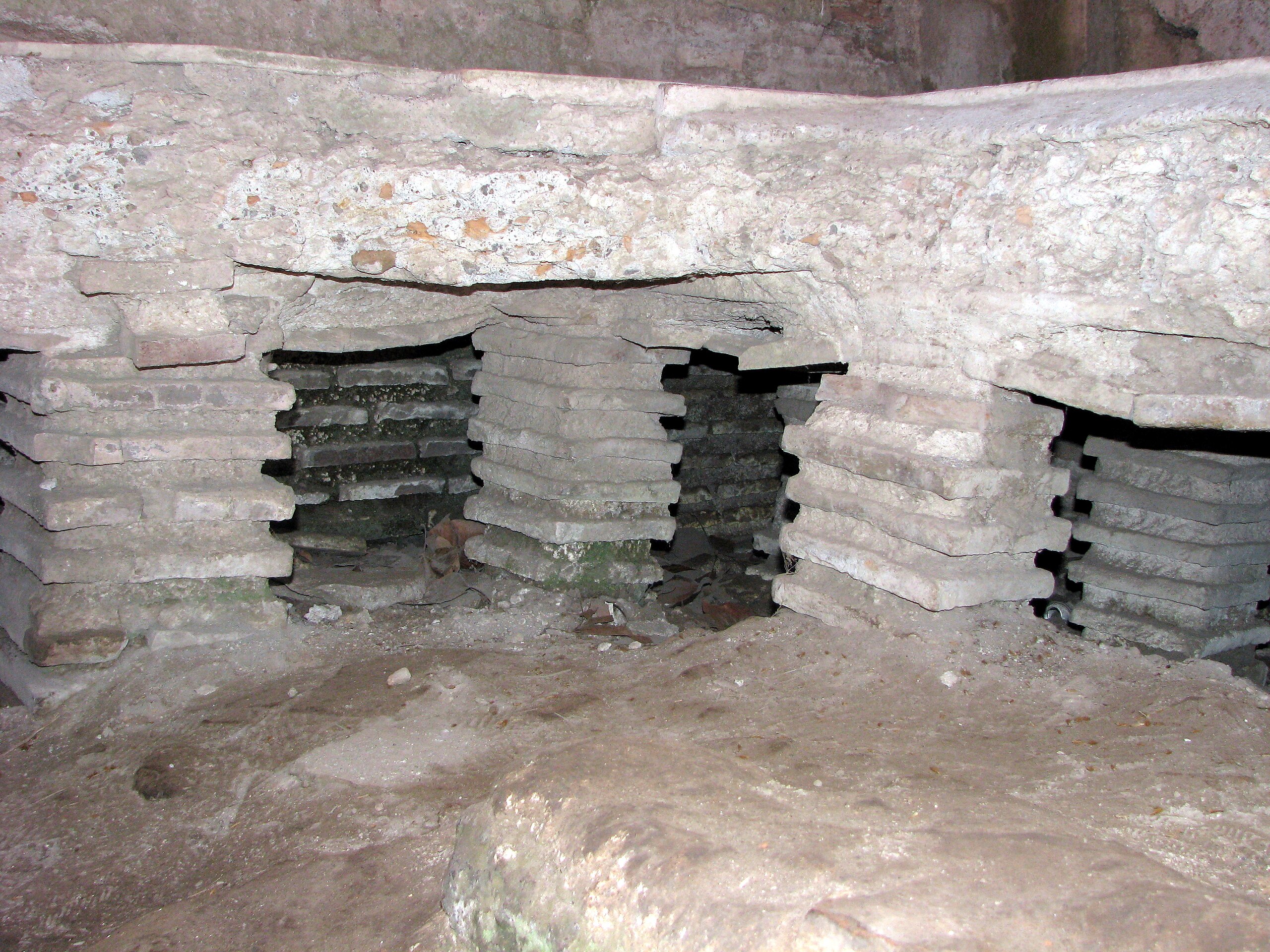
Ancient Roman floor heating (hypocaust) in Ostia Antica, southwest of Rome.
Credit: Chris 73, CC BY-SA 3.0, via Wikimedia Commons- Bathhouses and some villas would be built on top of pillars with an external wood burning furnace that would pump hot air underneath the house, warming the tile or stone floor from the bottom.
- The hot air then escaped through flues in the walls, providing more warmth to the house on the way up.
- This helped keep bathers comfortable by eliminating a harsh temperature change when they left the warm water.
- Some of the hot air was also funneled into certain rooms to create a sauna-like atmosphere.
- Hypocausts existed as long as the Roman baths themselves but may have been a technique borrowed from ancient Greeks.
- Keeping homes cool has been necessary in hot, dry climates since ancient times. A time-honored structure called a windcatcher, invented in ancient Egypt, is still in use today.
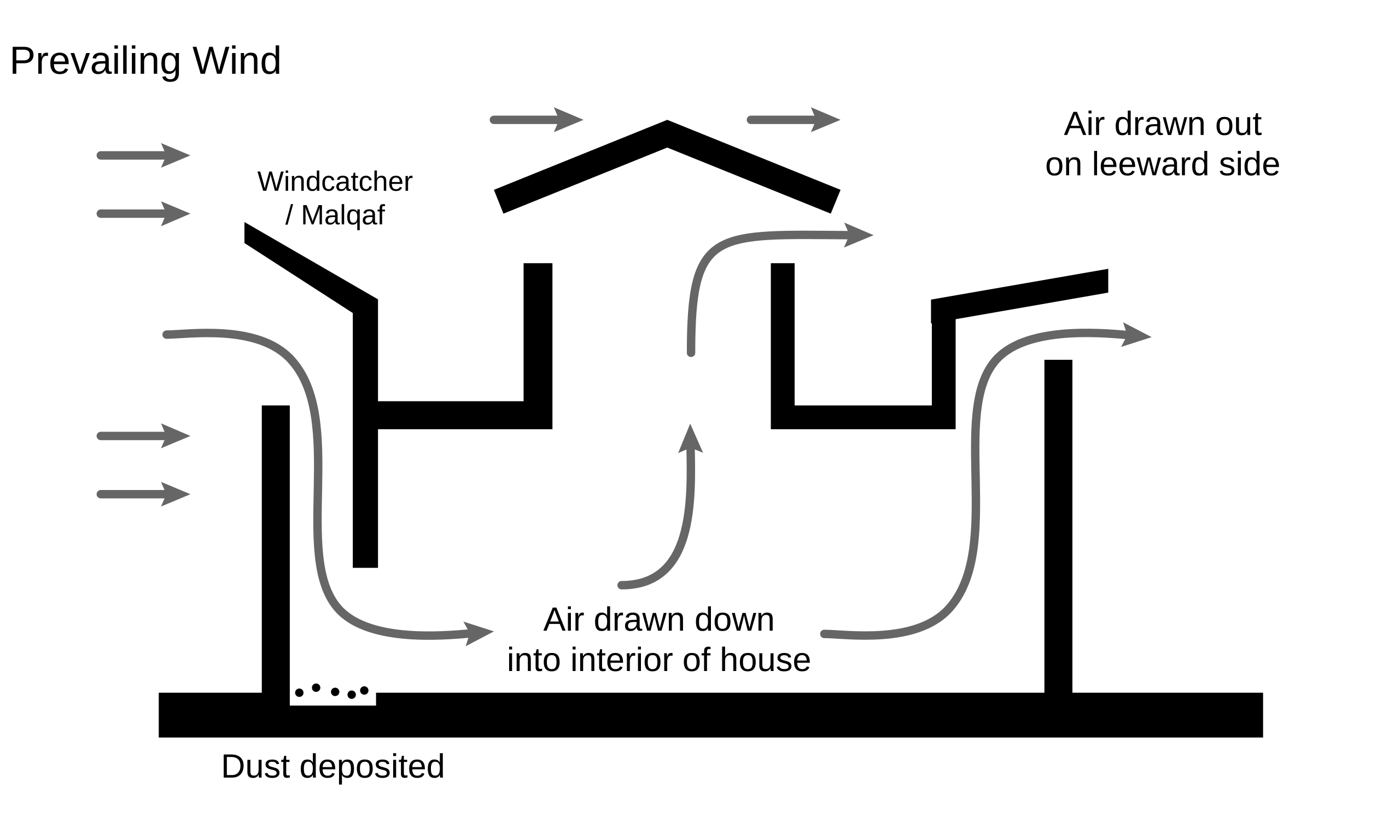
A diagram showing the principle of a malqaf or windcatcher for natural ventilation in traditional Arabic architecture. Some wind towers further cool air through evaporative cooling if a water reservoir is placed below the air intake.
Credit: Fred the Oyster, CC BY-SA 4.0, via Wikimedia Commons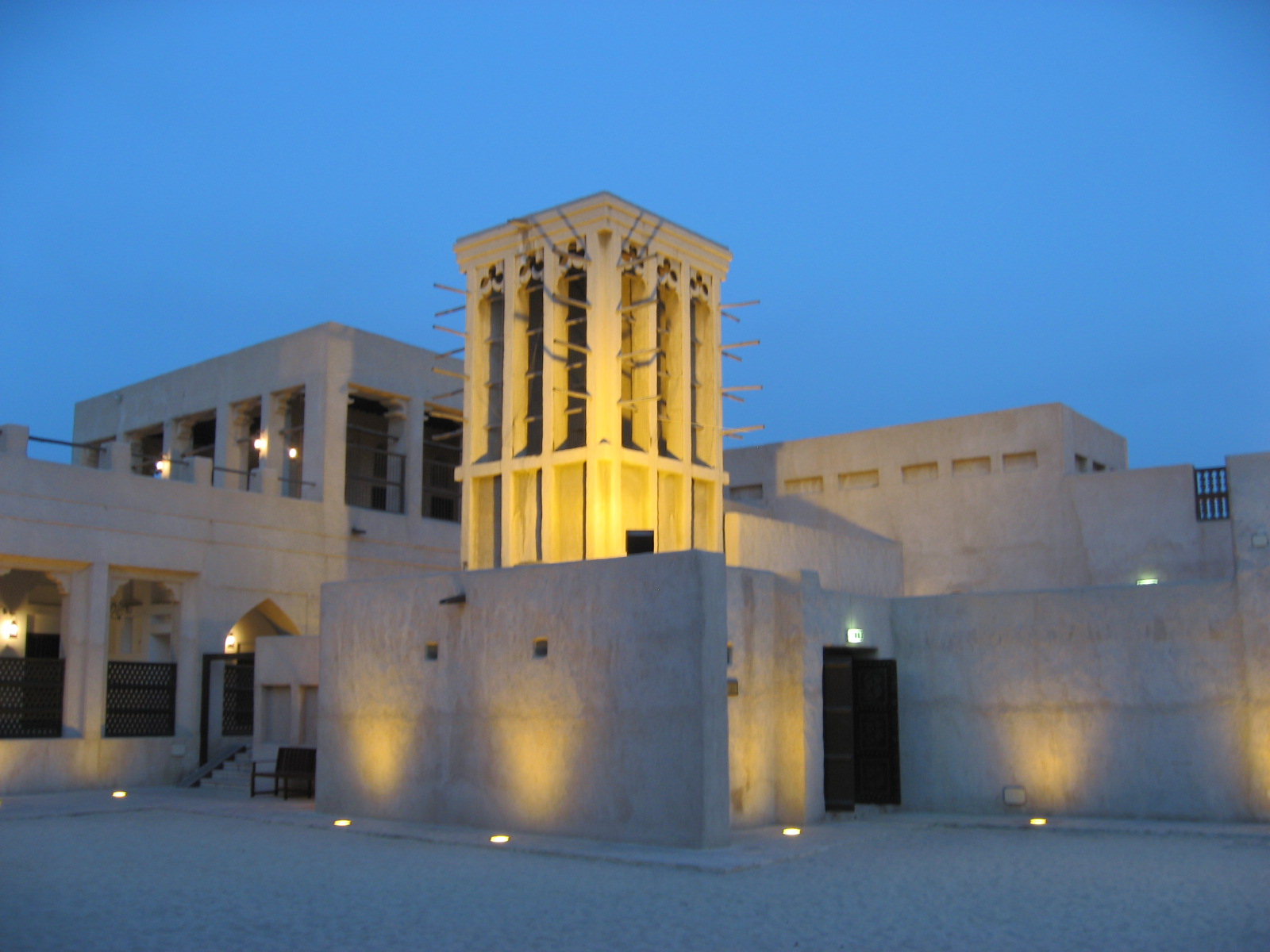
Evening view of the Sheikh Saeed Al Maktoum house courtyard, located in Dubai, UAE, with windcatcher illuminated. Wind entering the building creates a high-pressure area of cooler denser air that sinks, while stale warmer interior air rises and exits the home where a low-pressure zone is created opposite the wind entry.
Credit: Gryffindor, CC BY-SA 4.0, via Wikimedia Commons- A windcatcher is a rectangular, octagonal, or cylindrical tower above a home or building with large openings facing the wind. These towers funnel cooler air down into the home, creating circulation that also vents warm air out of other openings in the home.
- Sometimes the air that flows in is funneled over subterranean water pools, further cooling it before it enters the home.
- This cost-efficient and environmentally friendly way of temperature regulation does have some downsides, as pests and dust can get into the towers and the constant wind means that they require frequent upkeep.
- Yazd, an ancient Persian city, is famous for these windcatchers, though many are no longer in use. The tallest windcatcher in the world is there, 108 ft high, at the Dowlatabad Abad Garden.
- Some argue that the birthplace of the wind catcher is Persia, and some argue ancient Egypt, but windcatchers are also found in Qatar, Bahrain, and Pakistan.
- Some modernized versions were installed in the UK between 1979-1994 and can still be seen in the country today.
- Water shortages have also been an issue, but ancient civilizations had different strategies for rainwater collection that could be implemented in homes and cities today.
- Muslim Caliphates saved every drop of rain in their warm, dry climates of northern Africa and Spain. They built their houses with rainwater harvesting techniques, funneling rainwater from their roofs into cisterns.
- The slope of the roofs and courtyard floors directed water to plants and vegetation in the courtyards, a technique still used in some cities today.
- Mayans and Teotihuacans also stored water by having their pyramids, plazas, and aqueducts direct rainwater into large cisterns.
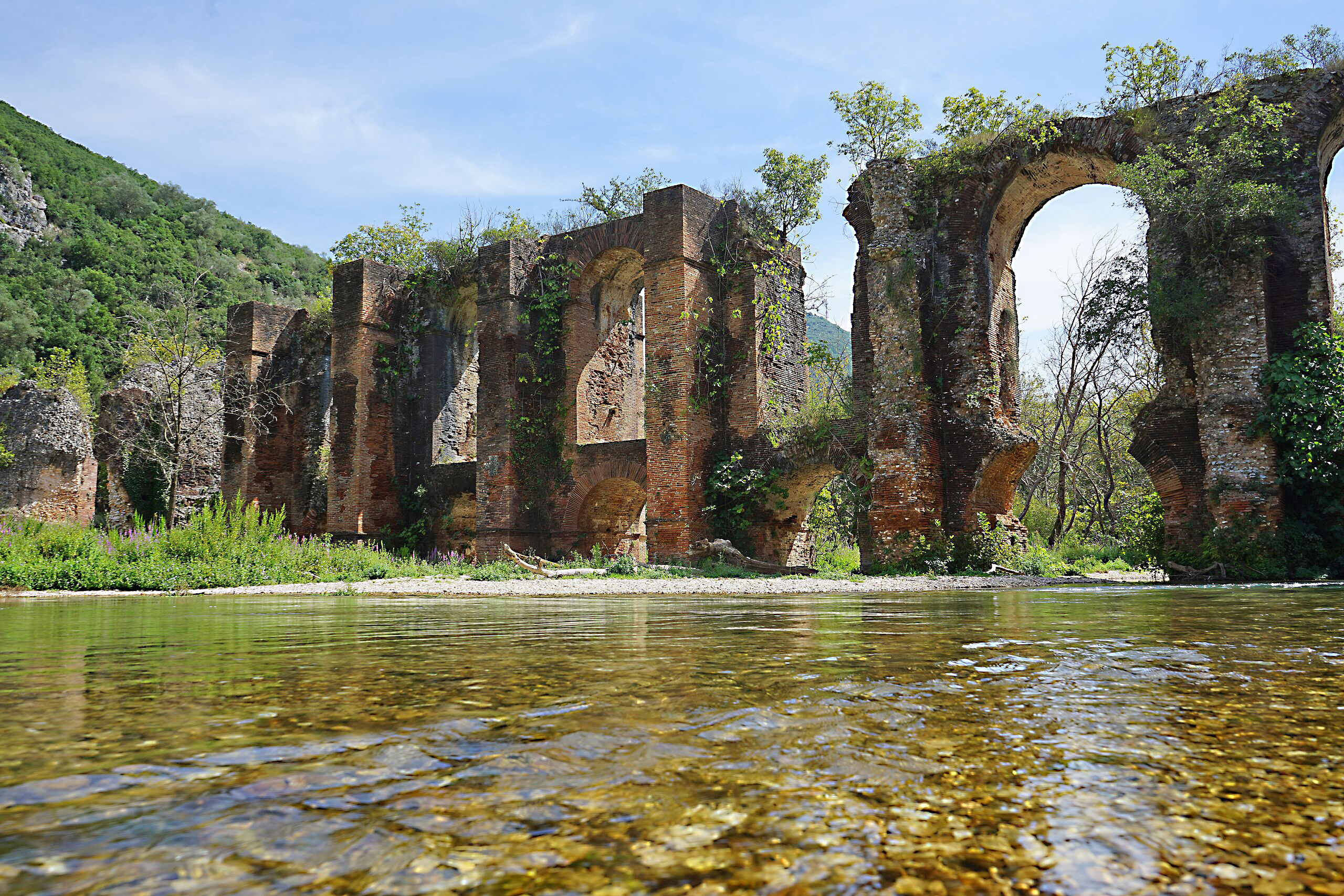
Ruins of ancient Roman Aqueduct of Nicopolis at Agios Georgios, Greece: the southern arcade
Credit: Albinfo, CC0, via Wikimedia Commons
- As more people live in areas with high temperatures, architects could employ many of the methods of the ancient civilizations to provide for energy efficient design and water conservation.
Episode Script
Ancient people had surprisingly modern heating and cooling systems.
In Rome, they had hypocausts. A furnace outside a building burned wood. Then a series of ducts carried its hot air under the floor, heating the tile from beneath, like today’s radiant heating.
From there, it flowed up within walls to warm baths, saunas or rooms before exiting the roof.
In the Americas, the Anasazi had their own heating systems. They built house walls with thick adobe bricks that absorbed daytime heat, keeping buildings cool. Then radiated it during the cold desert night, keeping occupants warm.
They built cliff dwellings under south-facing overhangs, protected from the summer sun, but positioned to absorb it in winter.
Before them, Sumerians invented the wind catcher—a tower or high duct on the windward side of a building that funneled the breeze down into it, forcing out hot air on the leeward side.
For extra cooling, they directed the incoming air across a pool of water.
Wind catchers cooled most ancient desert civilizations—and are still used there and elsewhere.
Britain installed them on many buildings in the 1970s through 90s.
We could revisit more of these ancient climate control systems today, for regions with unreliable electricity or that experience frequent power outages.
Naturally heated and cooled buildings could help keep people comfortable and healthy, while reducing energy requirements significantly.

